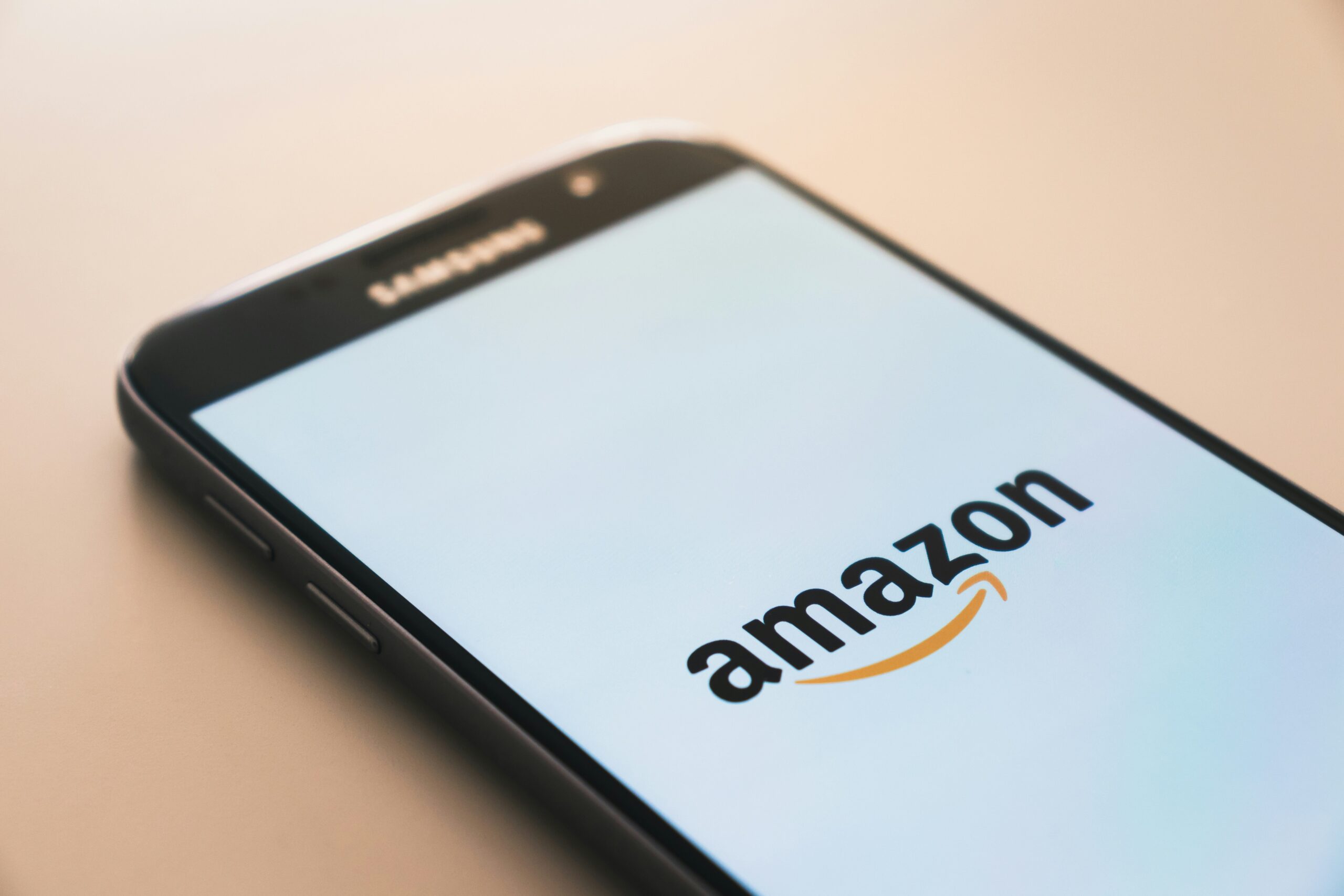Market disruptors are playmakers who revolutionize industries and alter the course of market trends. A case in point would be Amazon’s acquisition of Whole Foods. This strategic move disrupted the grocery retail sector, reshaping not just Amazon’s business structure but also the retail industry at large. Let us delve deeper to unpack this ground-breaking event and understand its wide-ranging impact.
The Acquisition Story
Amazon—a technology giant primarily recognized for its e-commerce platform—made headlines in the summer of 2017 when it acquired Whole Foods Market for a substantial $13.7 billion. Much like why Microsoft acquired LinkedIn: a strategic insight reveal, this move was not merely an investment but a strategic step that accelerated Amazon’s aggressive encroachment into the traditional brick-and-mortar retail space.
A Power Move
This acquisition allowed Amazon to gain immediate access to a network of more than 460 physical stores situated in prime areas across North America and the United Kingdom, placing it on a power trip to challenge established grocery giants like Walmart, Kroger, and Aldi. It was considered a power move that disrupted the traditional retail model thoroughly and completely.
Fuelling Amazon’s Ambitions
The Whole Foods purchase marked Amazon’s largest acquisition yet and fueled its rampant ambitions particularly in fresh food delivery—a segment where traditional retailers held sway until then. Owning Whole Foods gave Amazon direct control over a ready-made supply chain for perishable goods, giving it an essential leap into this new arena.
The Omni-channel Advantage
Amazon’s acquisition prompted an industry-wide shift towards omni-channel retailing—the blending of online and offline shopping experiences. Whole Foods became a critical piece in Amazon’s omni-channel puzzle, bridging the gap between its online and brick-and-mortar operations. This play tapped into consumers’ desire for convenience and variety, establishing Amazon as a retail powerhouse.
A Boost to Prime
Whole Foods also added value to Amazon’s membership program—Prime. Overnight, Prime members gained access to exclusive discounts at Whole Foods stores, driving up Prime sign-ups while creating loyalists out of Whole Foods shoppers—a win-win situation that further consolidated Amazon’s market position.
A Data-rich Deal
Data is king in today’s digital economy, and this acquisition provided Amazon with an unprecedented trove of consumer data. Insights from Whole Foods enabled Amazon to personalize offerings and develop targeted marketing strategies, raising the stakes in an already hyper-competitive retail landscape.
Impact on Competitors
Amazon’s acquisition triggered a seismic shift causing competitors to rethink their strategies. Fear of Amazon’s influence forced traditional retailers into a frenzy of partnerships, innovation, and acquisitions just to keep pace; from Walmart’s online bagging services, Kroger’s experiments with drone delivery to major mergers like the one seen between Stop & Shop and Peapod.
A New Pricing Strategy
Amazon tackled Whole Foods’ “whole paycheck” stigma head-on by implementing price reductions on select items. This move shocked rivals and captured customer attention—further proving that Amazon has the muscle to transform industry pricing strategies.
Launching Amazon Go
The acquisition paved the way for the launch of Amazon Go—cashier-less convenience stores where customers could order products via an app then simply walk out when done; billing occurred automatically. It mirrored a futuristic shopping experience and was another innovative step deriving from this pivotal acquisition.
Store as a Distribution Hub
Amazon transformed Whole Foods stores into distribution hubs for online orders, further integrating its operations. This move shortened delivery times and improved logistics efficiency, augmenting Amazon’s competitive edge further.
Reshaping Supplier Relationships
The acquisition also altered supplier dynamics in the retail industry. Amazon’s centralized buying system clashed with Whole Foods’ decentralized, relationship-based approach. This resulted in extensive negotiations and changed terms for many suppliers—a change that disrupted the supplier-retail landscape.
Direct Impact on Consumer
The ripples of this acquisition have been felt right across grocery aisles. Consumers now expect seamless shopping experiences, both online and offline. The integration of tech-driven shopping solutions with traditional grocery shopping has also raised consumer expectations, forcing other retailers to step up their game.
Widening Market Disruption
Beyond retail, Amazon’s Whole Foods acquisition has disrupted food delivery services and supply chain management as well. It has set high standards in customer experience and demonstrates how technology can play a significant role in an age-old industry like grocery retails.
Wrapping it Up
Amazon’s acquisition of Whole Foods has undeniably transformed the retail marketplace. It has catalyzed new strategies, shaken-up traditional business models, and shown that even the most static industries are not immune to disruption. This case serves as a poignant reminder of the potent impact that market disruptors wield in shaping industry trends and benchmarks.
